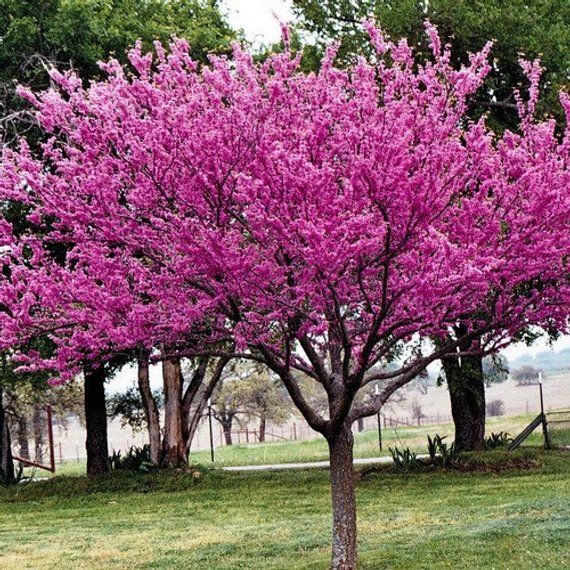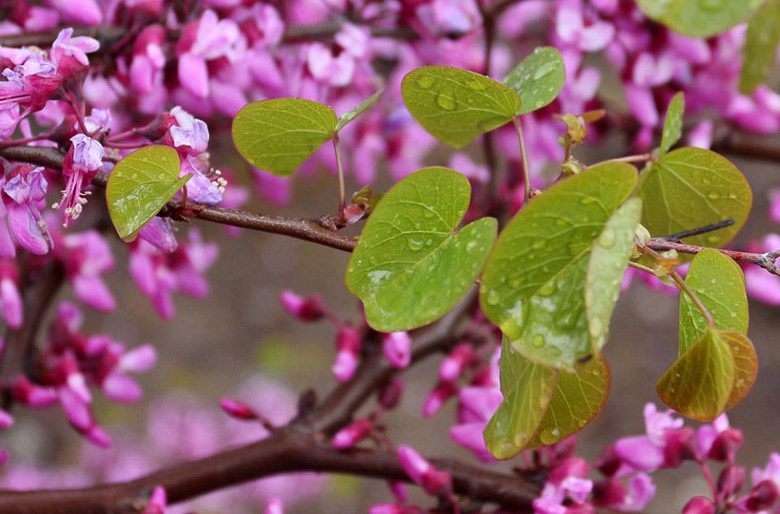Cercis occidentalis

Cercis occidentalis, commonly known as Western Redbud, is a captivating native tree species found in the western United States, particularly in California and adjacent regions.
Admired for its vibrant pink flowers, heart-shaped leaves, and cultural significance, Western Redbud holds a special place in both natural landscapes and cultivated gardens.
In this comprehensive article, we will explore the botanical intricacies, habitat preferences, life cycle, ecological importance, conservation status, and care guidelines for Cercis occidentalis.
Botanical Description
Western Redbud is a deciduous tree belonging to the Fabaceae family, characterized by its multi-trunked growth habit, rounded crown, and distinctive foliage and flowers.
The leaves are alternate, heart-shaped, and emerge in a brilliant shade of green in spring, turning yellow or red in autumn before falling off for the winter.
One of the most striking features of Western Redbud is its flowers, which bloom profusely in early spring before the leaves emerge.
The flowers are small, pink to magenta in color, and borne in clusters along the branches, creating a stunning display that attracts pollinators such as bees and butterflies.
The flowers give way to flat, bean-like pods containing seeds, which are dispersed by wind and animals.
Habitat and Distribution
Western Redbud is native to a variety of habitats, including chaparral, oak woodlands, mixed evergreen forests, and riparian areas, where it thrives in well-drained soils and partial to full sunlight.
It is often found growing along stream banks, in canyons, and on hillsides, where it adds beauty and color to the landscape.
Western Redbud is particularly abundant in California, where it is a common sight in both natural and urban environments, from the coastal regions to the foothills of the Sierra Nevada.
Life Cycle and Phenology
As a deciduous tree, Western Redbud follows a typical life cycle for temperate tree species.
Growth occurs primarily in spring and summer, with new leaves and flowers emerging from dormant buds in response to increasing daylight and temperatures.
Flowering usually occurs in early spring, before the leaves fully expand. Allowing the colorful flowers to stand out against the bare branches.
Pollination is carried out mainly by bees, which are attracted to the nectar and pollen of flowers.
Following pollination, the tree produces seed pods, which mature and split open in late summer to early fall, releasing the seeds for dispersal.
Western Redbud may undergo periods of dormancy in winter, shedding its leaves and conserving energy until the arrival of warmer temperatures in spring.
Ecological and Cultural Importance
Western Redbud plays a significant ecological role as a habitat provider, food source, and pollinator attractor in native plant communities.
The flowers attract a variety of pollinators, contributing to the health and diversity of local ecosystems.
Additionally, Western Redbud has cultural significance among the indigenous people of California. Which for a long time have used the plant for medicinal, ceremonial and utilitarian purposes.
It is also valued in landscaping and horticulture for its ornamental qualities, including its colorful flowers, heart-shaped leaves.

Caring for Cercis occidentalis
Sunlight
Plant Western Redbud in a location that receives full sun to partial shade, as it prefers abundant sunlight for optimal growth and flowering.
Watering
Provide regular water during the establishment period, then gradually reduce watering once the tree is established.
Western Redbud is drought tolerant once established and prefers well-drained soil.
Soil
Plant in well-drained, loamy soil with a neutral to slightly acidic pH.
Western Redbud is adaptable to a variety of soil types but prefers soil with good drainage.
Pruning
Prune lightly to maintain a balanced and attractive shape, removing any dead, damaged, or crossing branches.
Avoid heavy pruning, as this can impact flowering and overall tree health.
Mulching
Apply a layer of organic mulch, around the base of the tree to help retain soil moisture and suppress weeds.
Avoid piling mulch against the trunk, as this can lead to rot and disease.
By following these care guidelines, you will be able to grow healthy, vibrant Western Redbud trees in your garden or landscape. You can also contribute to its conservation and beauty.
Leave a Reply
You must be logged in to post a comment.